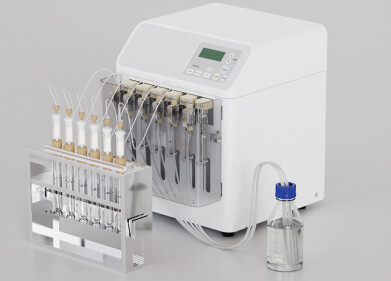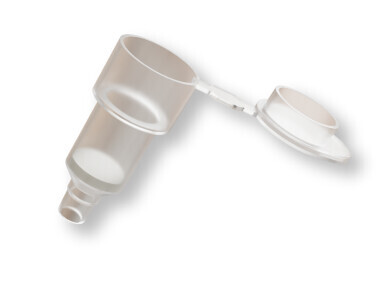Sample Prep
Detecting Adulterated Coconut Oil with Chromatography
Jul 21 2020
Coconut oil is seemingly loved by everyone. The food and cosmetic industries have taken the oil to heart as consumers love the health and environmental benefits of coconut oil. Forty years ago, in the UK, coconut was a delicacy seen in a few supermarkets or something you threw balls at on a stall at the local fair. Now the shelves are dripping with coconut-oil based foods and cosmetics.
The global virgin coconut oil market is forecast to reach $5 billion over the next few years. Growth in the US is based on the use of coconut oil as a substitute for other oils in cooking, and this is also the case in Europe , although this is hindered by the oil not being classed as a low-fat product. In Asia-Pacific, coconut oil growth is due to the health benefits of coconut oil as seen by consumers. But this growth is likely to lead to another growth – the growth in adulterated coconut oils adorning the shelves of shops everywhere. Chromatography can lead the fight against adulterated coconut oil.
Know your oils – virgin or refined
Coconut oil is a healthy, natural oil that has many different uses. Cooking, skin care and many other uses are increasing the sales of this vegan and dairy free oil. But there are several different types of coconut oil. Do you know the difference between your refined and unrefined, what about virgin? Well, there are two main types and the classification depends on the type of nuts used, extraction and processing methods. And these factors affect the quality of the oil and hence the price – and this is the factor that makes some oils ripe of adulteration.
Unrefined or virgin oil is made from fresh coconuts, not from copra – the dried kernel of coconut that is sometimes used. The method of sourcing and processing fresh coconuts gives a coconut oil free from impurities. As there id no chemical processing or even chemicals used, the oil has a natural coconut odour and taste with no sediment. Refined oil is made from dried copra which might have involved heating and drying processes and then further purification processes to give a refined and purified coconut oil. Generally, this oil has a neutral odour and taste and is considerably cheaper to produce.
Chromatography catching the fake oils
Where there is a price differential – people will lie and cheat to make a poor product appear good. And the same is true of foodstuffs including coconut oil. With coconut oil there are two methods to detect adulteration. Identify the major constituents in virgin coconut oil and make sure they are present in the sample at the required concentrations or identify the constituents and properties of the adulterants. Chromatography is ideally placed to separate the constituents of coconut oil into the real and fake components. The power of chromatography to separate constituents in a sample is discussed in the article, Optimising the Chiral Separation of the Pesticide Diniconazole.
Digital Edition
Chromatography Today - Buyers' Guide 2022
October 2023
In This Edition Modern & Practical Applications - Accelerating ADC Development with Mass Spectrometry - Implementing High-Resolution Ion Mobility into Peptide Mapping Workflows Chromatogr...
View all digital editions
Events
Jan 20 2025 Amsterdam, Netherlands
Feb 03 2025 Dubai, UAE
Feb 05 2025 Guangzhou, China
Mar 01 2025 Boston, MA, USA
Mar 04 2025 Berlin, Germany












